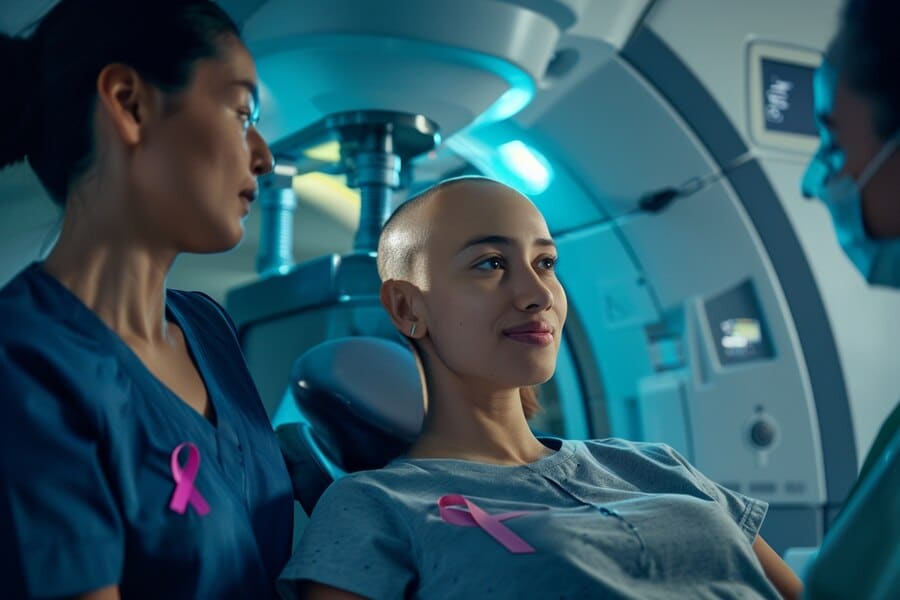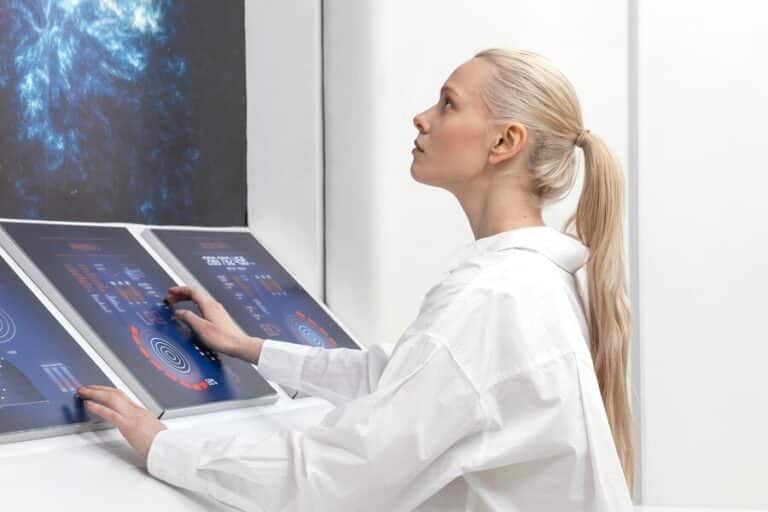The landscape of breast cancer detection is undergoing a remarkable transformation, thanks to the advent of artificial intelligence (AI). As breast cancer remains one of the most prevalent cancers globally, with over 2 million new diagnoses each year, the need for effective early detection methods has never been more critical. AI is stepping in to enhance mammography, making it more accurate, efficient, and accessible for patients and healthcare providers alike.
The Role of AI in Mammography

AI technologies are being integrated into mammography workflows to assist radiologists in identifying breast cancer at earlier stages. Traditional mammography relies heavily on human interpretation, which can be influenced by fatigue, experience, and subjective judgment. AI systems, trained on vast datasets of mammograms, can analyze images with precision, identifying subtle signs of cancer that may be overlooked by even the most experienced radiologists.
Research has shown that AI can match or even surpass human accuracy in detecting breast cancer. For instance, studies indicate that AI algorithms can accurately identify signs of breast cancer as effectively as trained professionals, potentially leading to earlier interventions and better patient outcomes. This capability is particularly significant given the current shortage of radiologists and the increasing demand for screening services.
How AI Enhances Detection
- Improved Accuracy: AI systems utilize deep learning algorithms that analyze thousands of mammogram images to recognize patterns associated with malignancies. This technology can achieve detection rates as high as 98% in some studies.
- Reduced Workload: By acting as a “second reader,” AI can help prioritize cases that require immediate attention, allowing radiologists to focus on high-risk patients and reducing their overall workload. This efficiency not only speeds up the diagnostic process but also alleviates stress on healthcare professionals.
- Early Risk Assessment: Recent advancements have demonstrated that AI can estimate the risk of developing breast cancer years before clinical diagnosis. By analyzing mammograms over multiple screening rounds, AI can provide risk scores that help identify women who may benefit from more frequent screenings or preventive measures.
- Personalized Screening Approaches: The integration of AI into mammography allows for a more tailored approach to breast cancer screening. By combining traditional risk factors with AI-generated scores, healthcare providers can develop personalized screening plans that cater to individual patient needs.
Challenges and Future Directions
Despite its promise, the integration of AI into mammography is not without challenges. Concerns regarding data privacy, algorithm transparency, and the need for extensive validation in diverse populations must be addressed to ensure widespread acceptance and efficacy in clinical settings. Additionally, ongoing research is necessary to refine these algorithms further and ensure they are effective across different demographics and breast densities.As partnerships between tech companies and healthcare institutions grow stronger, the future looks bright for AI in early cancer detection. Clinical trials are underway to validate these technologies in real-world settings, paving the way for broader adoption and improved patient care.
Conclusion
AI is revolutionizing early cancer detection in mammography by enhancing accuracy, reducing workloads for radiologists, and enabling personalized screening approaches. As this technology continues to evolve and integrate into clinical practice, it holds the potential to significantly improve outcomes for millions of women at risk for breast cancer. With ongoing research and development, we stand on the brink of a new era in breast cancer detection that could save countless lives.
FAQs
- What is the role of AI in mammography?
AI assists radiologists by analyzing mammogram images for signs of breast cancer with high accuracy, potentially identifying cancers earlier than traditional methods. - How accurate are AI systems in detecting breast cancer?
Studies have shown that AI can achieve detection rates as high as 98%, matching or exceeding human radiologist performance. - Can AI help reduce the workload of radiologists?
Yes, by serving as a second reader and prioritizing high-risk cases, AI helps radiologists focus on critical patients while managing their workload more effectively. - How does AI contribute to personalized screening?
AI generates risk scores based on mammogram analysis that can be combined with traditional risk factors to create tailored screening plans for individual patients. - What challenges does AI face in clinical implementation?
Challenges include ensuring data privacy, algorithm transparency, validation across diverse populations, and addressing concerns about reliance on technology. - What does the future hold for AI in breast cancer detection?
Ongoing research and clinical trials aim to validate AI technologies further and integrate them into routine practice, enhancing early detection capabilities.

